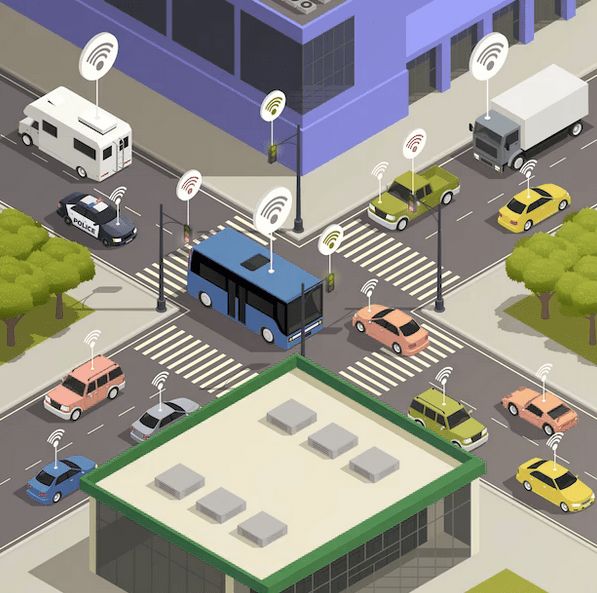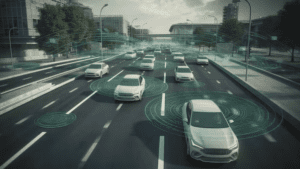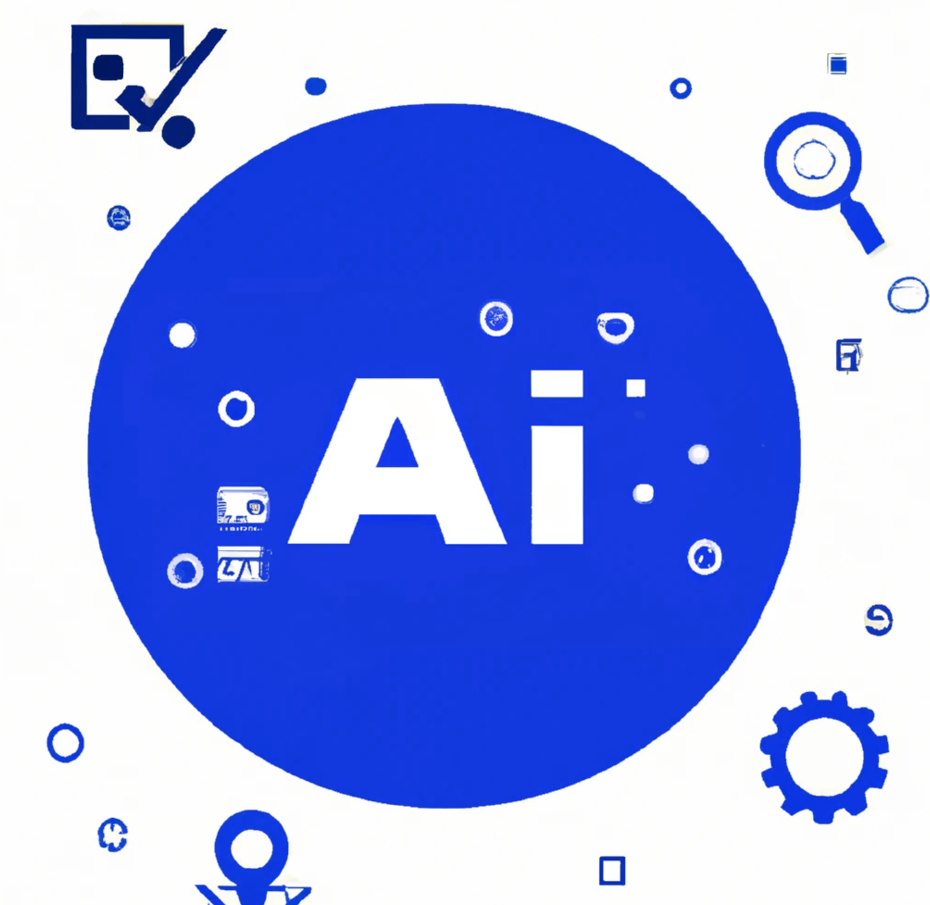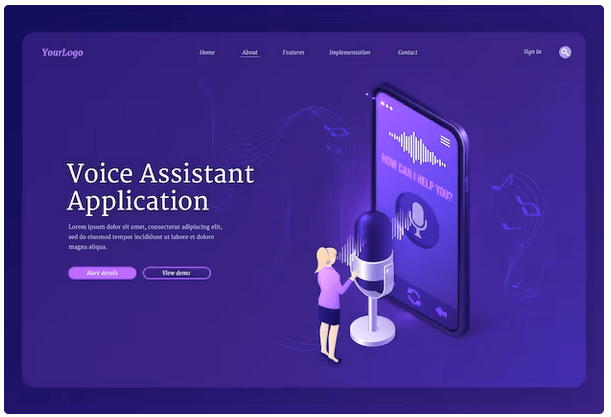
AI and Traffic Management: Alleviating Urban Congestion

In the rapidly urbanizing world, traffic congestion has become a ubiquitous issue, leading to wasted time, increased pollution, and a decline in the quality of life. However, with the advent of artificial intelligence (AI), traffic management is undergoing a significant transformation. This blog post explores how AI is making urban congestion a thing of the past, focusing on the latest trends, key insights, practical tips, and real-world examples that highlight the potential of AI in solving this modern-day problem.
1. Introduction about AI and Traffic Management
Traffic management in our increasingly congested cities has become a complex challenge, demanding innovative solutions. The integration of artificial intelligence (AI) in traffic management systems is a transformative step toward more efficient, safe, and sustainable urban mobility.
AI is revolutionizing the way we approach traffic management. By harnessing the power of AI, cities can enhance their existing infrastructure, reduce congestion, improve safety, and minimize the environmental impact of transportation. From smart traffic lights that adapt to real-time conditions to predictive analytics that help in accident prevention, AI is at the heart of these advancements.
In this blog, we will delve into the dynamic realm of AI and traffic management. We will explore the latest trends, key technologies, and practical applications that are reshaping the way we navigate our cities. Whether it’s optimizing traffic flow, managing public transportation, or enhancing pedestrian safety, AI is proving to be a game-changer in addressing the challenges of modern urban transportation.
As we journey through this blog, we will uncover the diverse facets of AI in traffic management and gain insights into how this technology is driving our cities toward a smarter, safer, and more sustainable future.
2. The Growing Problem of Urban Congestion
Urban congestion is an issue that plagues cities around the world. As populations grow, so does the number of vehicles on the road, leading to gridlock, longer commute times, and increased frustration among commuters. This problem is not only a nuisance but also has far-reaching consequences for the economy, environment, and overall quality of life in urban areas.
The rise of urbanization has led to an influx of people into cities, with the promise of better opportunities and a higher quality of life. However, this influx has also resulted in an exponential increase in the number of vehicles on the road. The consequences are visible and tangible – traffic jams that seem never-ending, increased air pollution, and a significant drain on economic resources.
- Economic Impact: Urban congestion is a significant economic burden. It leads to increased fuel consumption, longer delivery times for goods, and decreased productivity due to longer commute times. Studies have shown that congestion can cost billions of dollars annually in lost productivity.
- Environmental Consequences: The increased number of vehicles on the road contributes to higher levels of air pollution. Traffic congestion is a major source of greenhouse gas emissions and particulate matter that poses health risks to urban populations.
- Public Health: Prolonged exposure to traffic-related air pollution can have severe health consequences, including respiratory and cardiovascular issues. Moreover, the stress and frustration caused by congestion can negatively impact mental well-being.
- Reduced Quality of Life: Longer commute times and the stress of navigating congested roads reduce the overall quality of life for urban residents. This can lead to decreased job satisfaction and work-life balance.
- Inefficiency: Congestion results in inefficient transportation systems. People spend valuable time stuck in traffic, and cities lose out on the potential economic and social benefits of a well-functioning transportation network.
As urban areas continue to grow, addressing the problem of congestion is a pressing issue. To alleviate this challenge, cities are turning to innovative solutions, and one of the most promising approaches is the integration of artificial intelligence (AI) into traffic management systems. AI offers the potential to optimize traffic flow, reduce congestion, and make urban transportation more efficient and sustainable. In this blog, we will explore how AI is being employed to tackle the growing problem of urban congestion, offering hope for a better future in our cities.
3. AI-Powered Traffic Management: A Paradigm Shift
Artificial intelligence is revolutionizing traffic management by providing real-time insights and predictive capabilities. Here’s how AI is transforming the way we manage urban congestion:
4. Real-Time Traffic Monitoring and Analysis
AI-based systems use cameras, sensors, and data from various sources to provide real-time traffic monitoring. Machine learning algorithms analyze this data to identify congestion points, accidents, and other road anomalies. Traffic authorities can then respond swiftly to alleviate bottlenecks.
5. Predictive Traffic Analytics
AI models can predict traffic patterns and congestion based on historical data and current conditions. This proactive approach allows authorities to implement measures to prevent congestion before it occurs.
6. Adaptive Traffic Signal Control
Traditional traffic signal systems operate on fixed schedules. AI-powered systems adapt traffic signals in real-time based on traffic flow. This reduces waiting times, improves traffic flow, and minimizes congestion.
7. Smart Traffic Enforcement
AI is used to monitor and enforce traffic rules efficiently. Automated systems can detect violations, issue fines, and even track down stolen vehicles. This contributes to safer and smoother traffic flow.
8. Public Transportation Optimization
AI is also improving public transportation systems. Machine learning algorithms analyze data to optimize routes, schedules, and capacity, making public transportation more attractive and reducing the number of individual vehicles on the road.
9. Case Studies: Cities Leading the Way
Several cities have already implemented AI-driven traffic management systems with remarkable results:
- Singapore: The city-state uses AI to optimize traffic lights, reducing average commute times by 25%.
- Los Angeles: LA employs predictive analytics to reroute traffic in real-time, reducing congestion by 12%.
- Columbus, Ohio: AI-driven public transportation optimization increased ridership by 3%, reducing the number of cars on the road.
10. The Future of AI in Traffic Management
The future of AI in traffic management looks promising. As technology continues to advance, we can expect even more sophisticated systems that can:
- Communicate with connected vehicles for real-time traffic updates.
- Integrate with smart infrastructure for seamless traffic management.
- Implement dynamic toll systems to manage congestion during peak hours.
11. Conclusion
AI’s role in alleviating urban congestion cannot be overstated. With real-time monitoring, predictive analytics, adaptive control, and optimization of public transportation, AI is transforming the way we manage traffic in our cities. As technology continues to evolve, we can look forward to more efficient, sustainable, and congestion-free urban mobility. AI is not just the future; it’s the solution to our traffic problems today.
11. Frequently Asked Questions
Q1.How AI in traffic management is helping to ease traffic congestion?
Q2.What is a traffic management system to minimize vehicle congestion in smart cities?



